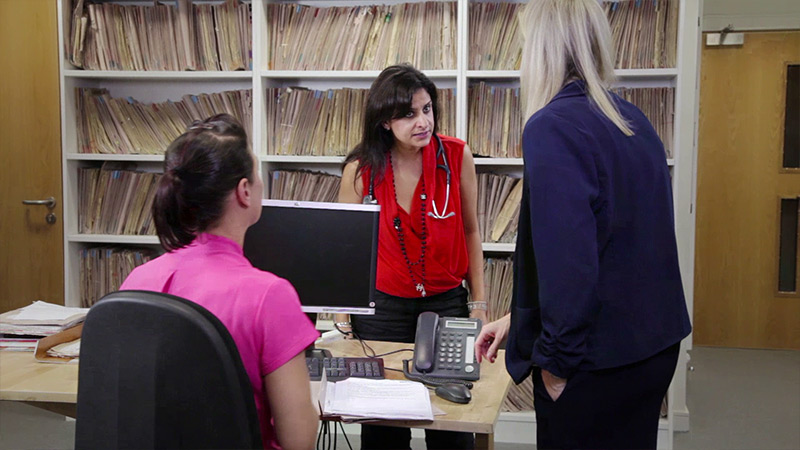
In the recent MDDUS film, Bleak Practice, Dr Jones’ rude behaviour was challenged by one of the receptionists. The receptionist tells the practice manager that she can no longer tolerate this and wants to raise a grievance as she feels bullied and harassed.
Sounds familiar?
Grievances are defined by ACAS as, ”concerns, problems or complaints that employees raise with their employers”.
Employees can raise a grievance about a variety of issues relating to their employment. These can include such aspects as their terms and conditions; relationships with other employees; issues with their manager; claims of discrimination and, as in this case, claims of feeling bullied and harassed. When a letter is received from an employee detailing any such complaints, the matter should be dealt with as a grievance, even if the employee does not explicitly state they are raising a grievance.
In many circumstances, grievances can be addressed and dealt with informally, via a discussion between the employee and the relevant person (practice manager/staff partner). This may be enough to resolve the issue, allowing the matter to be dealt with quickly and with minimum disruption.
However, where this does not resolve the matter or where the situation is more serious, then a formal grievance procedure needs to be followed. Practices should have a formal grievance policy and procedure in place, usually contained in the staff handbook, which should detail:
- Who will hold the grievance meeting
- The timescales involved between raising the grievance and holding the meeting
- The employee’s right to be accompanied by a work colleague or trade union representative
- The timescales involved between the grievance meeting and the decision being given
- The right of appeal
MDDUS employment law advisers have a template policy if needed (available by emailing employmentlaw@mddus.com).
The first step in any grievance process is to arrange a meeting with the employee to discuss the main points of their complaint. This is where a grievance meeting differs from a disciplinary meeting, in that it is a discussion to discover the facts and details, which can then be investigated in order to establish a suitable and amicable solution.
As a grievance meeting qualifies as a formal meeting, the employee has the right to be accompanied by a work colleague or a trade union representative. The companion can address the meeting and participate by way of putting forward the employee’s case; summing up case for the employee; responding to any views expressed; asking questions and conferring with the employee during the meeting. However, they may not answer any questions on the employee’s behalf. The companion’s role should be made clear to them in advance of the grievance meeting.
At the meeting the employee needs to provide facts and details relating to their grievance which may include establishing dates and times of incidents and detailing any witnesses. It is important that questions are asked to clarify the information given to ensure all the key details are established and that there is a clear understanding of the issues. It is helpful to sum up the main points at the end of the meeting to ensure everything has been covered and to discuss how they think the grievance can be resolved or what possible outcome the employee is looking to achieve.
No final decision will normally be taken at the actual grievance meeting as the chairperson will need some time to reflect on what has been said and to consider the points raised. In some circumstances, especially where witnesses have been named, there will be a need to conduct further investigations. Therefore, the employee should be advised that the decision will be followed up in writing within a reasonable timescale, i.e. within five working days.
Once all of the issues have been considered and/or investigated then the outcome of the grievance should be confirmed in writing. Where the employee’s grievance has not been upheld, the reason for this should be clearly explained.
The employee needs to be given the right to appeal the decision and they should be advised in the letter to whom they can appeal and in what timescales. Any appeal should be heard, where possible, by someone not involved in the previous process to ensure an independent and impartial view can be made.
In general terms, any grievance issue should be dealt with in a timely, objective and calm manner to avoid any possible employment tribunal claims.
If you are facing any potential grievance issues, our employment law advisers can guide you through the process surrounding employee raised grievance investigations .
This page was correct at the time of publication. Any guidance is intended as general guidance for members only. If you are a member and need specific advice relating to your own circumstances, please contact one of our advisers.
Save this article
Save this article to a list of favourite articles which members can access in their account.
Save to library
